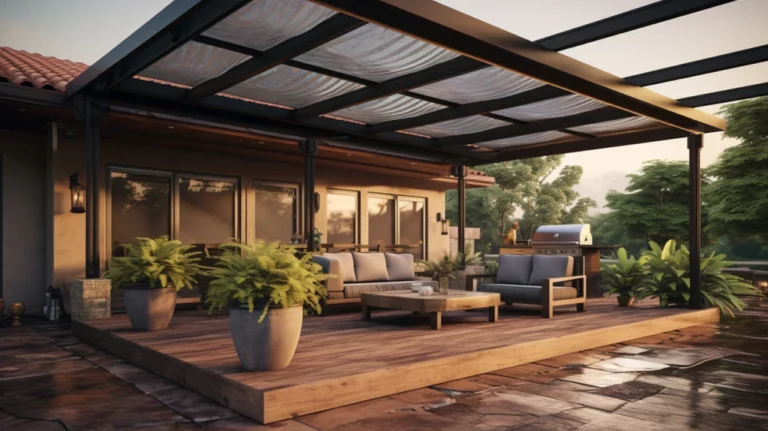7 Signs You Need Roof Repairs
Your roof is one of the most critical components of your home, providing shelter and protection against the elements. However, like any part of your house, roofs have a limited lifespan and can develop issues over time.
Recognizing the signs of roof damage early can help prevent more severe and costly repairs down the road. Here are seven common signs that you may need roof repairs.
1. Water Stains and Leaks
One of the most obvious signs that your roof needs repair is the presence of water stains on your ceiling or walls. Water stains are a clear indication of water intrusion, often caused by a leaky roof. This water can seep through cracks or holes in your roof material, penetrating the roof deck and causing damage to the interior of your home.
Check your attic for leaks as well. If you notice daylight entering the attic, it’s a tell-tale sign of roof penetrations or holes in the roofing material. When water is able to get through these holes, it can lead to severe damage to your home’s structure. Roof leaks can also cause mold growth, mildew growth, and algae growth, which further compromise the structural integrity of your home.
Ignoring water stains and water leaks can lead to costly repairs or even a roof replacement, especially if the issue has caused extensive damage.

2. Missing, Broken, or Damaged Shingles
Roof shingles are your first line of defense against harsh weather conditions. When they’re missing, broken, or damaged, your roof’s ability to protect your home is compromised. Pieces of shingle that have fallen off, shingle roof repair, or broken shingles are obvious signs that you need roof repairs.
Look for granules in gutters, especially after heavy rainfalls. Excessive granule loss can weaken your asphalt shingles, leading to premature aging and roof material damage. If you spot downspouts for shingle granules, it’s a clear indication that your typical asphalt shingle roof is deteriorating and may require repair or replacement.
Other signs of roof shingle damage include dark streaks, black spots, or discoloration on the shingles, which could be caused by algae growth or moss growth. These issues may not seem significant at first, but they can lead to long-term damage if not addressed promptly.
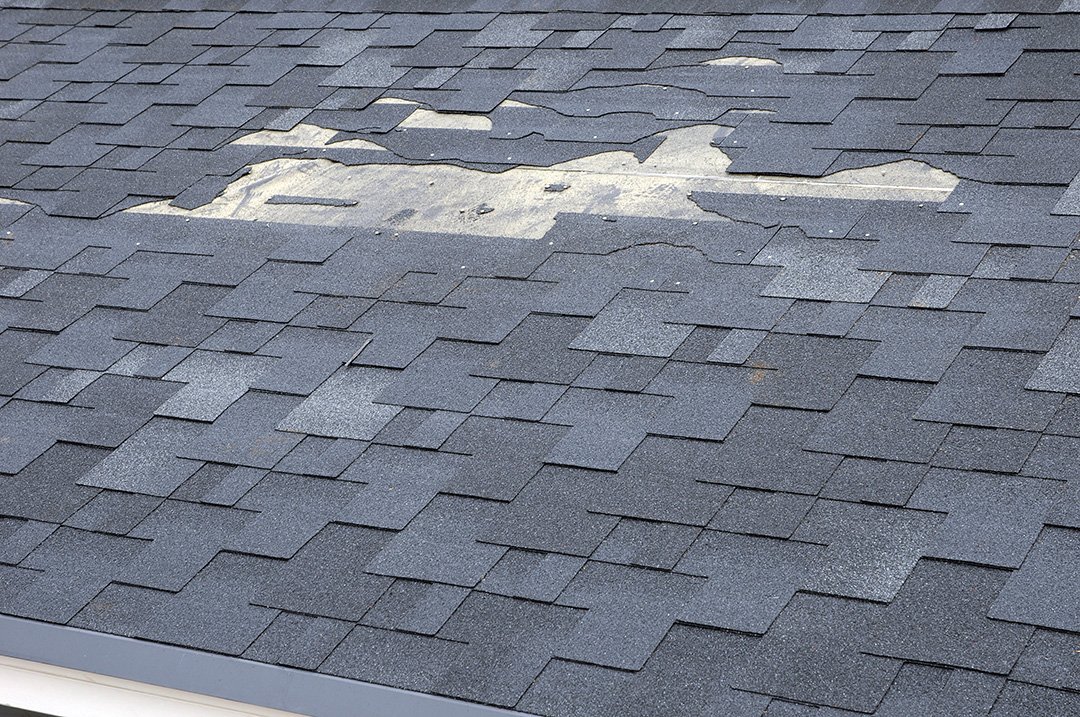
3. Clogged Gutters and Water Pooling
Clogged gutters can also indicate potential roof issues. When your gutters are filled with debris, they can cause water pooling on your roof. Standing water or ponding water is a serious concern, especially for flat roofs, as it increases the risk of water infiltration into the roof deck.
Regularly inspect your gutters for granules, leaves, or other debris. A properly functioning gutter system is essential for redirecting water away from your home and preventing roof leaks. If water is not properly drained due to clogged gutters, it can lead to structural damage and costly repairs.
In addition to checking your gutters, inspect your roof for weak spots where water pooling could occur. Flat roofs, in particular, are more prone to standing water, which can lead to roof penetrations and severe damage.
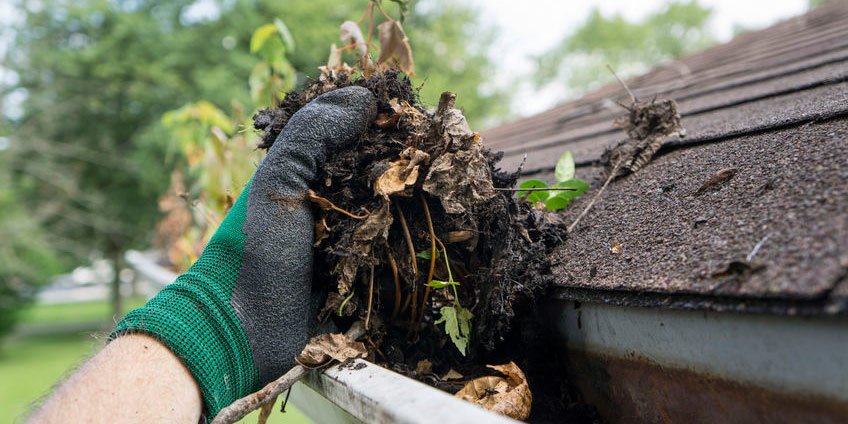
4. Higher Energy Bills
If you’ve noticed a sudden increase in your energy bills, it could be a sign that your roofing system is compromised. A faulty roof with poor ventilation and inadequate insulation can cause your heating and cooling systems to work harder, leading to higher monthly bills.
Poor insulation or ventilation can also lead to moisture buildup, which can cause water damage and reduce the lifespan of your roof. If you’re dealing with improper installation, incorrect installation, or poor installation techniques from a previous contractor, your roof may not be providing the protection it should.
In some cases, attic insulation issues can be resolved through routine maintenance or simple repairs. However, if the problem is more severe, you may need a more comprehensive solution, such as a roof replacement or re-insulation.

5. Visible Signs of Wear and Tear
Inspect your roof for visible signs of wear and aging, such as roof cracks, shingles for signs of damage, and shingle color fading. Asphalt shingles tend to deteriorate over time due to exposure to the elements. Severe weather, windstorms, and heavy rainfalls can all contribute to the wear and tear of your roof.
Look for roof valleys or roof vent issues where roof cement may have cracked, leaving the roof decking exposed to the elements. Metal roofs are also susceptible to signs of damage, including roof cracks and rusting.
These obvious signs of aging and damage suggest that your roof may need timely repairs to prevent extensive damage. In many cases, addressing these issues early on can save you from more costly repairs or the need for an emergency roof replacement.
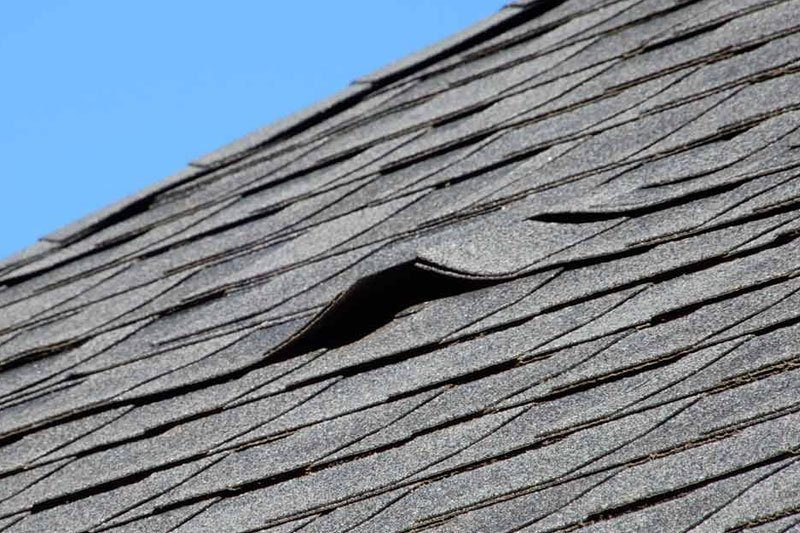
6. Sagging Roof Deck
A sagging roof deck is a significant warning sign that your roof is experiencing structural issues. A sturdy roof should be completely straight along the edges. If you notice any sagging or drooping, it’s crucial to have a professional roofing contractor assess the situation immediately.
A sagging roof could indicate structural damage to the roof boards and decking, which could be caused by water penetration, improper installation, or faulty roof materials. This type of damage can compromise the structural integrity of your home, leading to long-term damage if not addressed quickly.
Sagging can also be caused by the accumulation of ponding water or standing water, particularly on flat roofs or low-pitched roofs. If left untreated, this issue can escalate into a full-blown collapse, requiring extensive and expensive repairs.
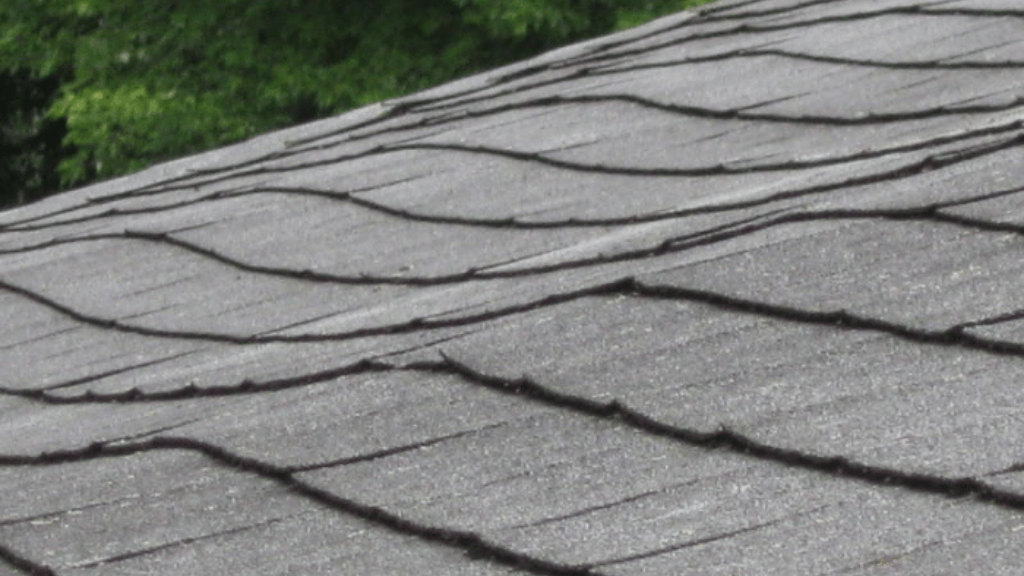
7. Moss, Algae, and Mold Growth
While a little bit of moss or algae may not seem like a big deal, moss growth, algae growth, and mold growth on your roof can cause significant roof damage over time. These growths can trap moisture against your roof’s surface, leading to water intrusion and decay.
Moss and algae are more common on roofs in shady, damp areas, and if left unchecked, they can cause pieces of shingle to break off, further compromising your roof. Moss growth can also lead to wet spots and water pooling, both of which can cause structural damage to your home.
To prevent moss, algae, and mold from damaging your roof, schedule a professional roof inspection to assess the extent of the issue and recommend the appropriate roof solution. Regular cleaning and routine maintenance can help keep your roof free from these harmful growths.
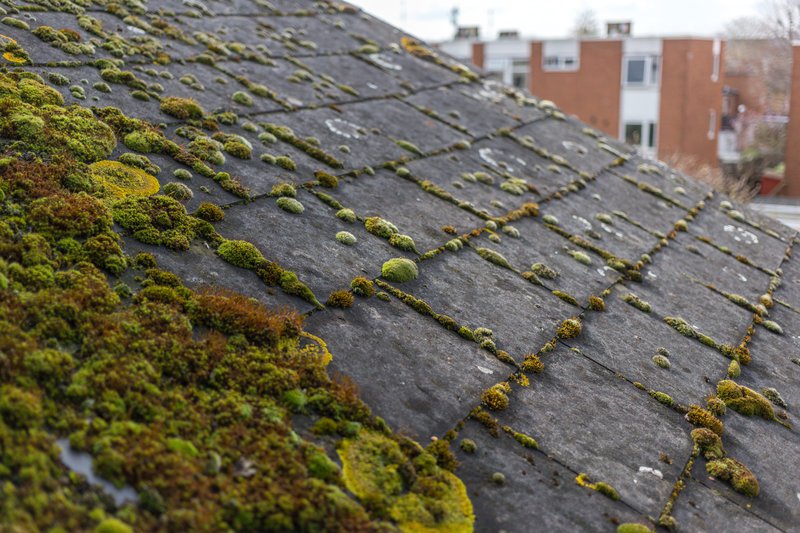
Call LV Design & Build for Your Roof Repairs
Recognizing these common signs of roof issues can help you avoid severe damage and keep your roof in good condition. Regular roof inspections and timely roof repairs are essential to maintaining the structural integrity of your home and preventing costly repairs in the future.
Whether you’re dealing with a leaky roof, clogged gutters, or broken shingles, it’s important to call an experienced professional to address the problem. A professional roofing contractor can assess the extent of the damage and provide the necessary repairs to ensure your roof remains sturdy and functional for years to come.
For top-notch roofing services, always rely on a reputable roofing company such as LV Design & Build that offers the best residential roofing solutions. With proper care and attention, your roof will continue to protect your home and maintain its aesthetic integrity for many years to come.
[wpforms id=”1184″ title=”true”]







